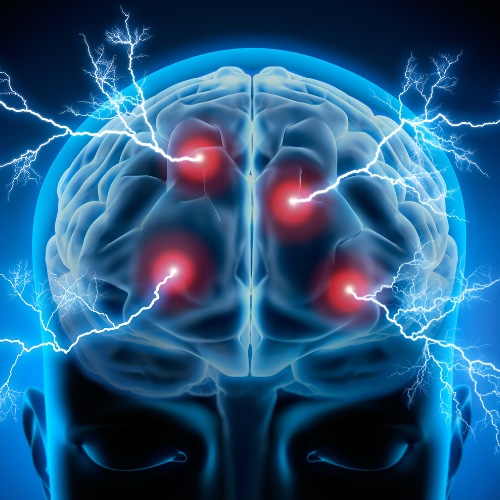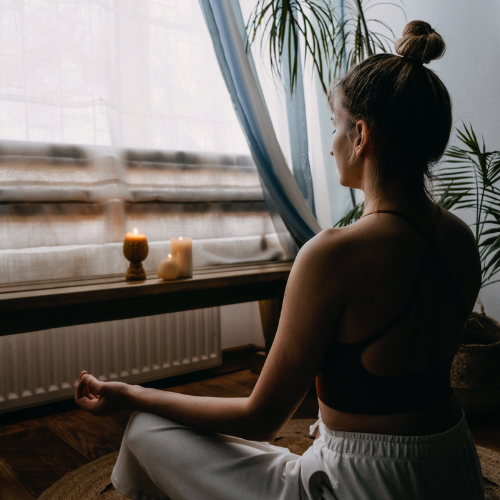Disclosure:
Thank you for reading this post, don't forget to subscribe!
Some of the links on this website are affiliate links. This means that if you click on the link and make a purchase, we may receive a small commission at no extra cost to you. Your support helps us keep the site running.Learn more on my Privacy Policy and Affiliate Disclosure page. Thank you for your support!
Mindfulness has become an indispensable tool for achieving emotional balance, mental clarity, and a healthier lifestyle. In today’s fast-paced world, incorporating mindfulness practices into your daily routine can dramatically improve your quality of life. Below, we explore actionable strategies and insights to help you cultivate mindfulness, supported by science and ancient traditions.
What Is Mindfulness and Why Does It Matter?
Mindfulness is the practice of being present and fully engaged with the current moment, free from distraction or judgment. Rooted in ancient meditation practices, it has been scientifically proven to reduce stress, enhance focus, and foster emotional resilience. By mastering mindfulness, you can break free from the cycle of autopilot living and regain control over your thoughts and emotions.
Check out our post on finding Joy in a little things and Building a morning routine at The Wellness section.
- Finding Joy In The Little Things: Practicing Mindfulness
- Building A Morning Routine For A Productive Day
Benefits of Practicing Mindfulness:
- Reduced Stress and Anxiety: Mindfulness practices help lower cortisol levels, easing feelings of stress.
- Enhanced Focus: Being present sharpens your attention span and improves productivity.
- Better Emotional Regulation: Cultivating mindfulness enables you to respond rather than react, promoting emotional stability.
- Improved Relationships: A mindful approach fosters empathy, compassion, and better communication.
READ NEXT:
Practical Mindfulness Techniques for Everyday Life

1. Start Your Day with Intention
Set aside 5–10 minutes each morning to ground yourself with a mindful ritual. Use this time to breathe deeply, visualize your goals, and set positive intentions for the day ahead.
Tip: Incorporate affirmations like, “I am focused and present today” to align your mindset with your goals.
2. Practice Mindful Breathing
Mindful breathing is one of the simplest yet most effective techniques. It involves paying close attention to each breath, observing its rhythm and sensation without altering it.
How to Practice:
- Inhale deeply for a count of four.
- Hold your breath for four counts.
- Exhale slowly for six counts.
Repeat this cycle for 2–5 minutes whenever you feel overwhelmed.
3. Engage in Body Scans
Body scanning involves paying attention to sensations in each part of your body. This practice fosters a deeper connection between mind and body, helping you release tension.
Steps:
- Lie down or sit comfortably.
- Close your eyes and focus on your toes.
- Gradually move upward to your ankles, legs, abdomen, and so on.
4. Mindful Eating
Transform your mealtime into a mindfulness session by savoring each bite. Focus on the textures, flavors, and aromas of your food, and eat slowly to foster better digestion and awareness.
Benefits: This practice promotes healthier eating habits and a deeper appreciation for food.
Integrating Mindfulness into Work and Home Life

1. Mindfulness at Work
- Take Short Breaks: Pause for 1–2 minutes every hour to refocus.
- Single-Tasking: Avoid multitasking; complete one task before starting another.
2. Mindfulness at Home
- Disconnect from Technology: Allocate tech-free time to focus on family, hobbies, or self-care.
- Gratitude Journaling: Spend 5 minutes at night noting down 3 things you’re grateful for.
Mindfulness Practices Backed by Science

Meditation for Neuroplasticity
Studies reveal that consistent mindfulness meditation enhances neuroplasticity—the brain’s ability to adapt and grow.
Example Practice:
- Dedicate 10 minutes daily to seated meditation, focusing on your breath or a mantra.
Exercise as Mindfulness
Physical activities like yoga, tai chi, or even a mindful walk promote mindfulness while boosting physical health.
Tools and Resources to Support Your Journey
- Apps: Try apps like Headspace or Calm to guide your mindfulness practice.
- Books: Explore titles like The Power of Now by Eckhart Tolle or Mindfulness for Beginners by Jon Kabat-Zinn.
Diagram: The Cycle of Mindfulness Practice
| Stage | Description | Visual Representation | Actionable Step |
|---|---|---|---|
| Awareness | Becoming present in the moment, observing thoughts, emotions, and surroundings. | A person meditating outdoors, focusing on their breath. | Practice mindful breathing for 2-3 minutes daily. |
| Acceptance | Embracing emotions and experiences without resistance or judgment. | A calm face with a soft smile, symbolizing self-compassion. | Reflect on one emotion or thought without trying to change it. |
| Intentional Response | Choosing deliberate actions rather than reacting impulsively. | A person journaling with a cup of tea, representing thoughtful responses. | Write down one intentional action you’ll take today in response to a challenge. |
| Emotional Resilience | Building strength and balance to handle life’s challenges with grace. | A person standing confidently in nature, arms outstretched toward the sky. | Reflect on a past challenge and identify how mindfulness helped you overcome it. |
RECENT POST:
Mastering mindfulness is a journey, not a one-time achievement. By incorporating simple yet transformative strategies into your daily life—like mindful breathing, gratitude practices, and single-tasking—you can experience profound benefits in your mental clarity, emotional well-being, and overall life satisfaction. The key is consistency and self-compassion. No matter where you are in your mindfulness journey, every small step you take makes a meaningful impact.
Take the first step toward a more mindful life today. Pick one strategy from this guide and commit to practicing it for a week. Notice the difference it makes, and share your experience in the comments below. If you found these insights helpful, share this article with someone who could benefit from mindfulness. Together, we can create a more balanced and intentional world—one mindful moment at a time.
Visit Morningscape Mindset Media for more tips, share your progress in the comments, and inspire others to join you on this lifelong journey.
MORE ABOUT:
HEALTH / WELLNESS / FITNESS / NUTRITION
SHARE THIS ARTICL

















